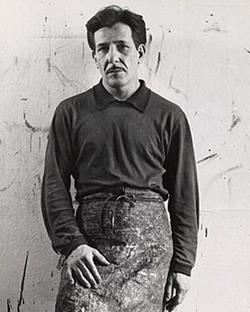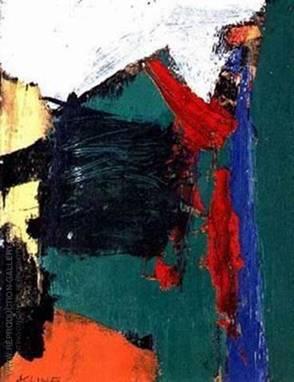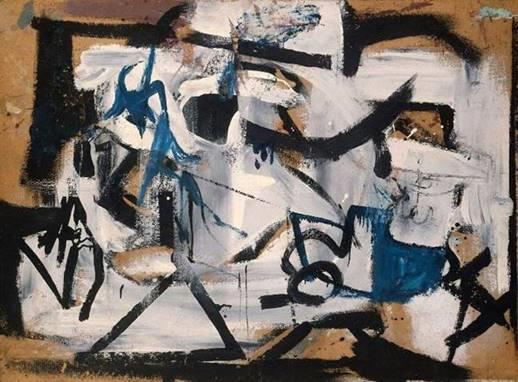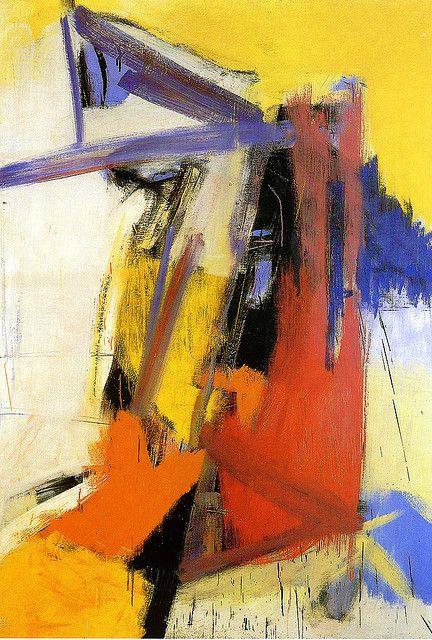Featured Artist – Franz Kline (1910 – 1962)
20th Century American Artist

Franz Kline was an American painter. He is associated with the Abstract Expressionist movement of the 1940s and 1950s. Kline, along with other action painters like Jackson Pollock, Willem de Kooning, Robert Motherwell, John Ferren, and Lee Krasner, as well as local poets, dancers, and musicians came to be known as the informal group, the New York School. Although he explored the same innovations to painting as the other artists in this group, Kline’s work is distinct in itself and has been revered since the 1950s. Kline is recognized as one of the most important yet problematic artists of the Abstract Expressionist movement in New York. His style is difficult for critics to interpret in relation to his contemporaries. As with Jackson Pollock, Willem de Kooning, and other Abstract Expressionists, Kline was said to be an action painter because of his seemingly spontaneous and intense style, focusing not at all on figures or imagery, but on the expression of his brushstrokes and use of canvas. However, Kline’s paintings are deceptively subtle. While generally his paintings have a spontaneous, and dramatic impact, Kline often closely referred to his compositional drawings. Kline carefully rendered many of his most complex pictures from extensive studies, commonly created on refuse telephone book pages. Unlike his fellow Abstract Expressionists, Kline’s works were only meant to look like they were done in a moment of inspiration; however, each painting was extensively explored before his housepainter’s brush touched the canvas.



